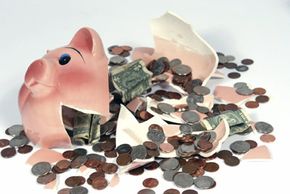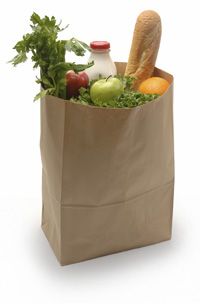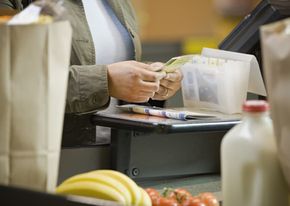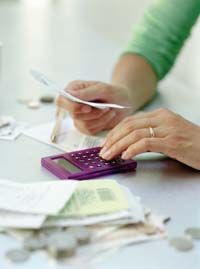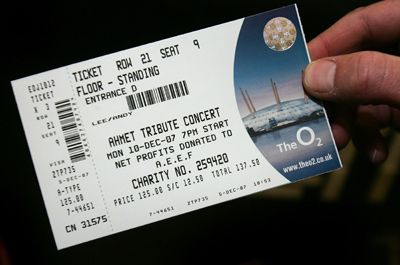If you've ever been strapped for cash, you've probably thought about the value of a dollar and the importance of making it stretch. Faced with a financial disaster or a hemorrhaging bank account, suddenly the memories of blowing savings on extravagant iPod accessories come rushing back. In the midst of researching the resale value of iPod gloves, it strikes you that it's time to reduce expenditures and simplify your life to make ends meet. But just how much money does it take to get by? To find out, we have to distinguish needs from wants. That can be a difficult task.
Advertisement
Even when headlines report bad news about unemployment rates and ballooning inflation, the poorest people in developed economies are doing better than most of their ancestors did. Economist Julian Simon says that there may be no free lunch, but at least it's getting cheaper and cheaper [source: Simon]. We don't have to live like monks and take a vow of poverty to live comfortably. But, on the other hand, as our standards of life skyrocket, so do our expectations.
For example, most of us couldn't go without our cell phones for one day. When asked if we really need them, we can argue "for my job" or "in emergencies." We probably won't die without them. But such a utilitarian definition of "needs" arguably takes the life out of living.
So where do we draw the line when we budget? Do we make allowances for our physical and mental health? Although we may get rid of gym memberships and days at the spa, should we cut healthy-but-pricey foods from grocery lists and stop the occasional trip to the movies?
Then there's the saving face factor. Economics expert Adam Smith argues that social embarrassment plays a part in determining necessities of life [source: Smith]. For instance, if not owning a microwave oven makes other people think you live in poverty, it counts as a necessity from a social perspective. But people got along fine without microwaves for millennia.
Although it's nearly impossible to determine a definitive dollar amount to answer our question, it'll help to look at one standard: the United States Census Bureau's poverty threshold.
Advertisement
